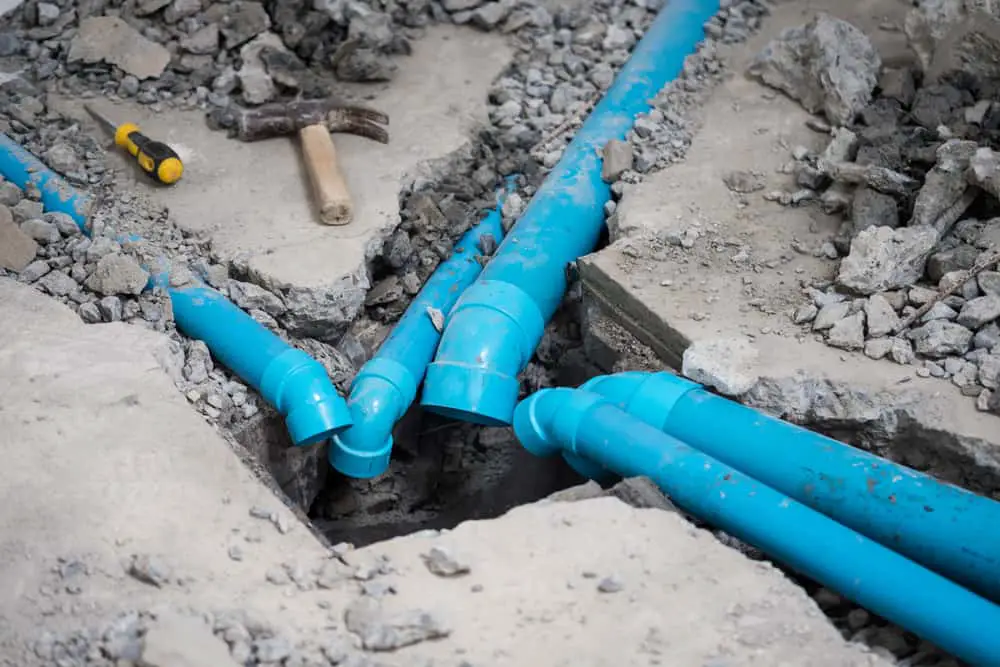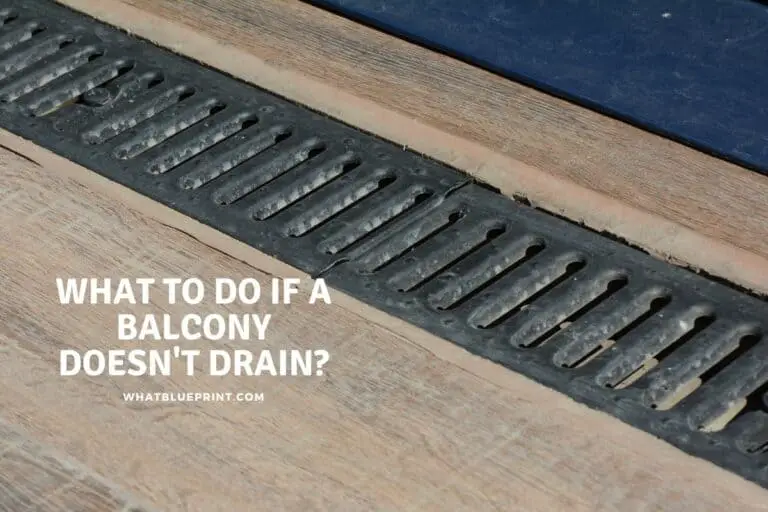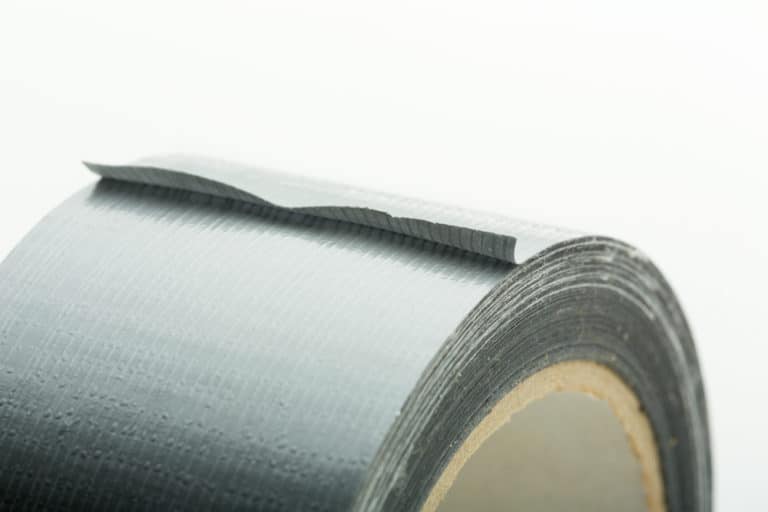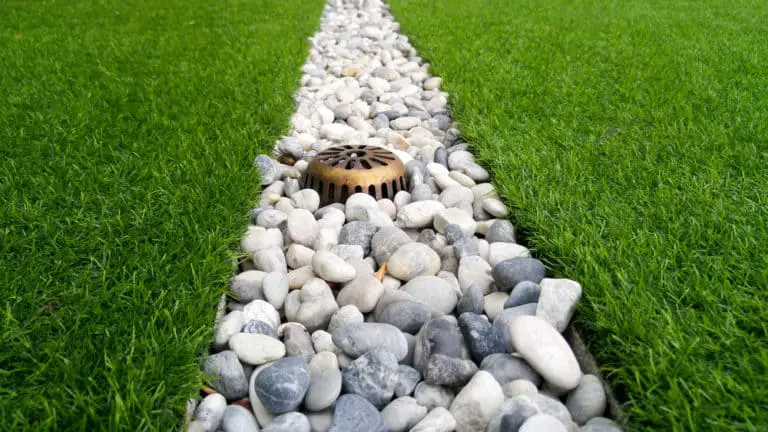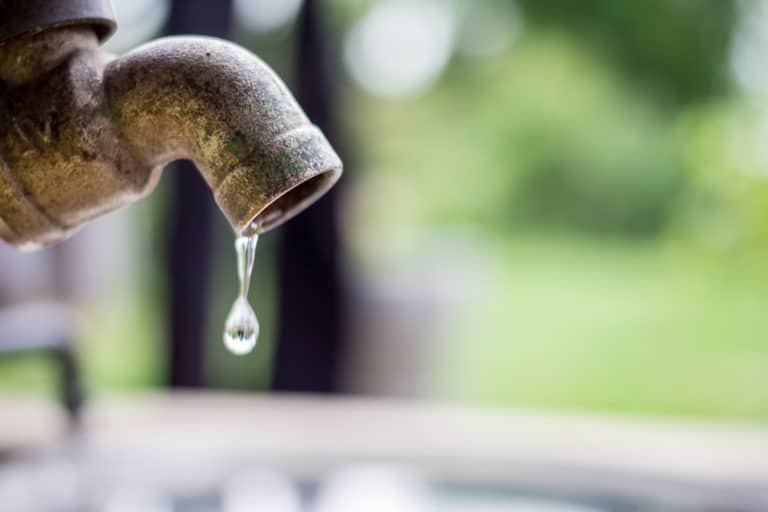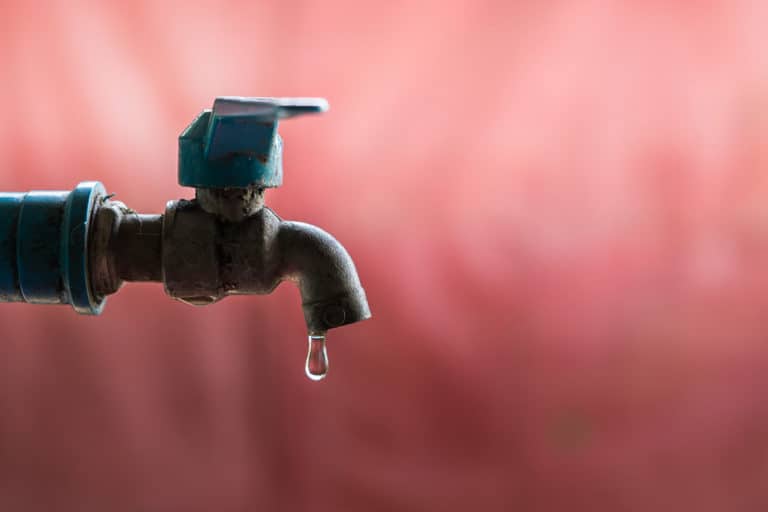Is It Safe To Bury PVC Pipe In Concrete?
The issue with PVC pipe is that it can degrade with time. This is the reason many tend to argue that it’s not safe to bury them in concrete. The degradation process for PVC pipes in the soil is accelerated by water, sunlight, and microbes. This will lead to a short life span for pipes buried in the ground which makes it unsafe to do this. The best option for burying PVC pipes is to place them in a trench or place them on top of gravel so that they are not in contact with the soil.
It is never that safe to bury PVC pipe in concrete. When the pipe is buried, the pressure from the soil and water causes it to fracture which leads to an eventual leak. The best way to install PVC pipes underground is by putting them into a trench that has been backfilled with sand or gravel.
When burying PVC pipe, you should keep it at least 18 inches away from any concrete structure. This will prevent moisture from coming into contact with any concrete wall or slab during the hardening of the concrete. If your home is supplied by a well then PVC piping should be kept 8 feet away from any wellhead or water supply valve.
Is it okay to put PVC pipes in concrete?
There are many different types of piping used in construction. One type is PVC piping, which is used for connecting to the home’s plumbing system. This plumbing system includes water supply lines (e.g., faucets), wastewater lines (e.g., toilets), and gas lines (e.g., stoves).
PVC pipes can be put in concrete for drainage, but it depends on the type of pipe that is being put in the concrete, as well as the type of cement that was used to make it.
Mostly, there are two types of PVC pipes used for plumbing systems, the rigid pipe, and the flexible pipe. Rigid PVC pipes are not to be used in concrete while flexible PVC pipes can be installed in concrete. However, it depends on the type of concrete, so you should get in touch with your local plumber for more information.
Benefits of Burying PVC Pipes
Burying PVC pipes is a new trend in the industry. It’s not only an economical way to solve the problem, but also a quicker and more environmentally-friendly alternative to traditional pipe installation.
After all, burying pipes reduces the chance of an accident by reducing falls and falls into pipes as well as preventing sewage from spilling onto private or public property. And if we want to talk about the benefits, we should say that this process can be done without any need for digging up roads or sidewalks. This saves a lot of time and money for construction companies because they don’t have to spend hours fixing everything after pipe ruptures.
There known benefits of burying PVC pipes include:
- The installation process is faster and more cost-effective.
- The burying process saves on space
- The process reduces the chance of having an accident.
- This method does not disturb the environment or disrupt traffic flow in any way. Ideally, it gives a nice look to the environment.
- This method does not require a water meter, which saves customers money.
- There is no need for digging up asphalt or concrete to install this type of pipe.
How to bury PVC pipes in Concrete?
PVC pipes can be buried in concrete through a variety of methods and materials. All of these different methods can increase the cost and time required to bury PVC pipes in concrete. The most inexpensive, simplest way to bury PVC pipes is by pouring sand into the trench, then pouring the concrete on top of the sand.
This method is not recommended for use with low-pressure water systems such as potable water, reclaimed wastewater, and gray water; or where high-pressure lines may be present; or where there are low ambient temperatures; or when other circumstances exist that would cause prolonged exposure to moisture. This method is also not recommended for use when burying more than one pipe at a time because it limits access to the buried pipe.
Alternatively, use this other method to bury the pipe. Excavate the area and then clear out any large rocks or tree roots present in the area. The next step is to prepare and pour a concrete foundation and set up a form to hold the trench. The trench should be at least six inches wider than the PVC pipe and about 12 inches deep. After placing the plastic conduit in the trench, it needs to be backfilled with sand or gravel until it is level with the top of the pipe. It is important that you do not cover more than one foot of pipe at a time, because it will become difficult for you to seal off one end during installation.
Since the PVC pipes are usually buried in concrete due to the need for longevity. Consider these other known methods to bury PVC pipe.
- Deep burial: First, the PVC pipe is placed inside a larger diameter pipe for stability, then they are sunk into an excavated hole with a mixing machine.
- Penetration: First, pipes are placed at desired locations and then concrete is poured over them.
- Sleeve insertion: The PVC pipe is inserted inside a pre-constructed sleeve then concrete is poured around it to contain it.
All you need to know is that the process of burying PVC pipes in concrete will vary depending on the depth of the pipe burial amongst other factors to be considered.
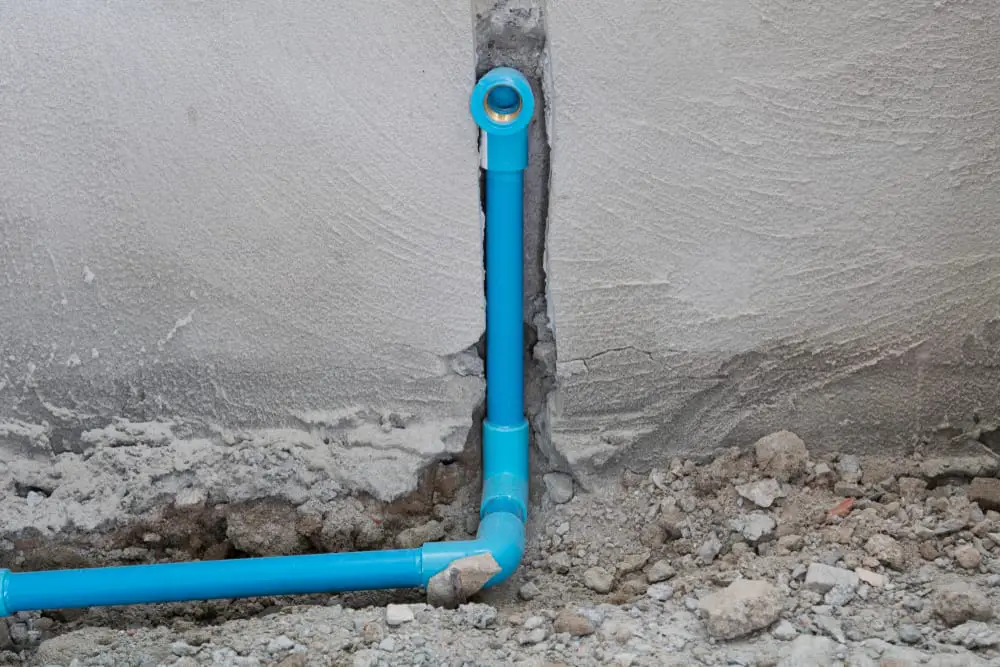
Safety Precautions When Burying PVC Pipe in Concrete
Safety precautions should be taken when burying pipes in concrete. Pipes can move out of place after the concrete has dried, which could lead to leaks and other issues. For example, when burying pipes in concrete, the safety measure is waterproofing the pipe, making sure it is underground and using a cement mortar.
This precaution has a significant impact when you desire the PVC pipe to serve you longer.
Alternatively, you can use the ways available to avoid the leakage problem, but they all require time and money. One solution is to pipe the concrete into the ground before pouring the concrete into the foundation or use a chemical like an anti-foaming agent that will keep air bubbles from forming. Another solution is to pour the foundation first and fix piping later; this way you won’t have pipes sticking out of your finished product or any other problems that come with them being exposed for too long.
If all the mentioned tips aren’t secure for you, incorporate these safety precautions when burying pipes in concrete.
- Do not bury the pipe before the concrete has been set.
- Leave at least 1/2″ of concrete cover on top of the pipe.
- Do not cut pipes and bury them under the concrete slab.
- If possible, use a steel sleeve or other type of encasement before burying pipes under a concrete slab so that they do not contact any other building materials such as rebar, insulation, and flooring.
- The use of an isolation sealant between soil and pipe is also recommended for preventing soil from seeping into the pipe area and contaminating groundwater supplies
Bottom Line
There are many factors that need to be considered before opting for a certain piping material. PVC pipes are not suitable for use in all environments and specific cases. When they are buried in concrete, it is necessary to ensure that the concrete is thick enough to support the weight of the pipe, so as not to cause cracking or breakage.
In general, PVC pipes should not be buried under concrete because of their poor resistance to UV radiation and moisture from soil or water table. When they are located below a concrete slab, they will also have a high risk of being broken by heavy equipment.

